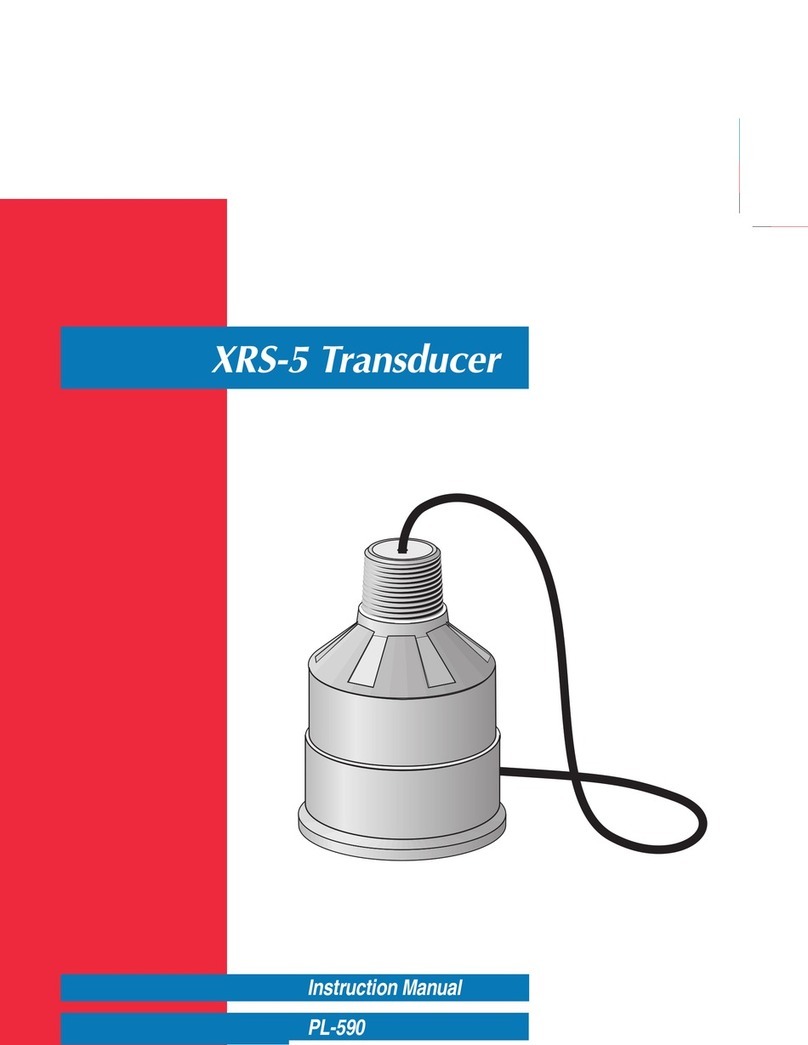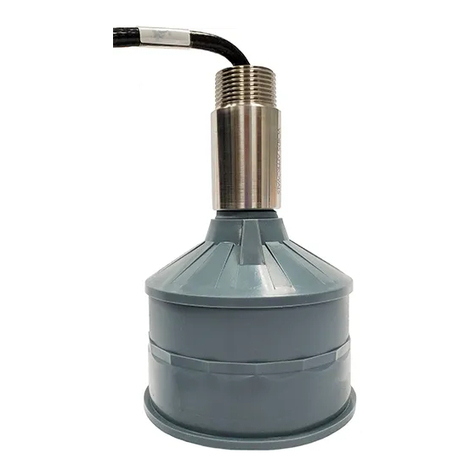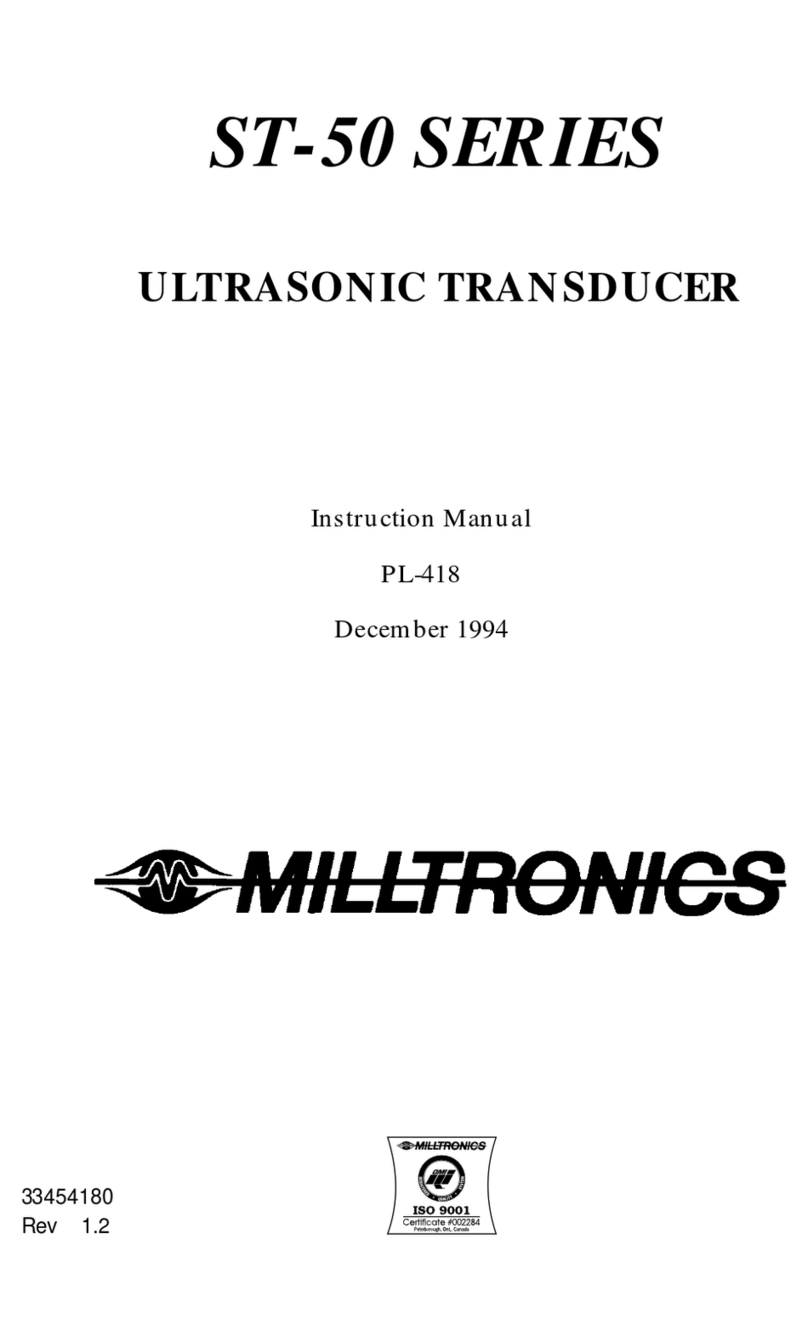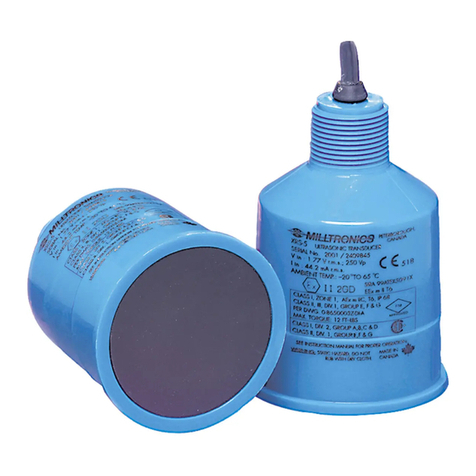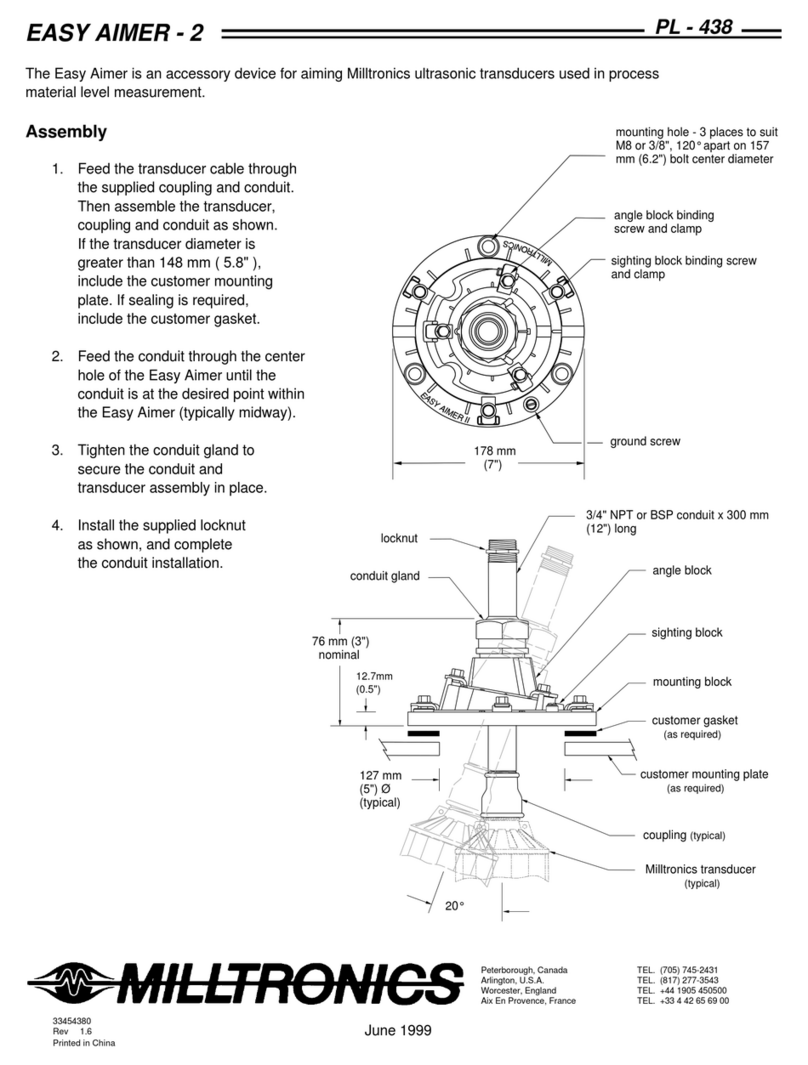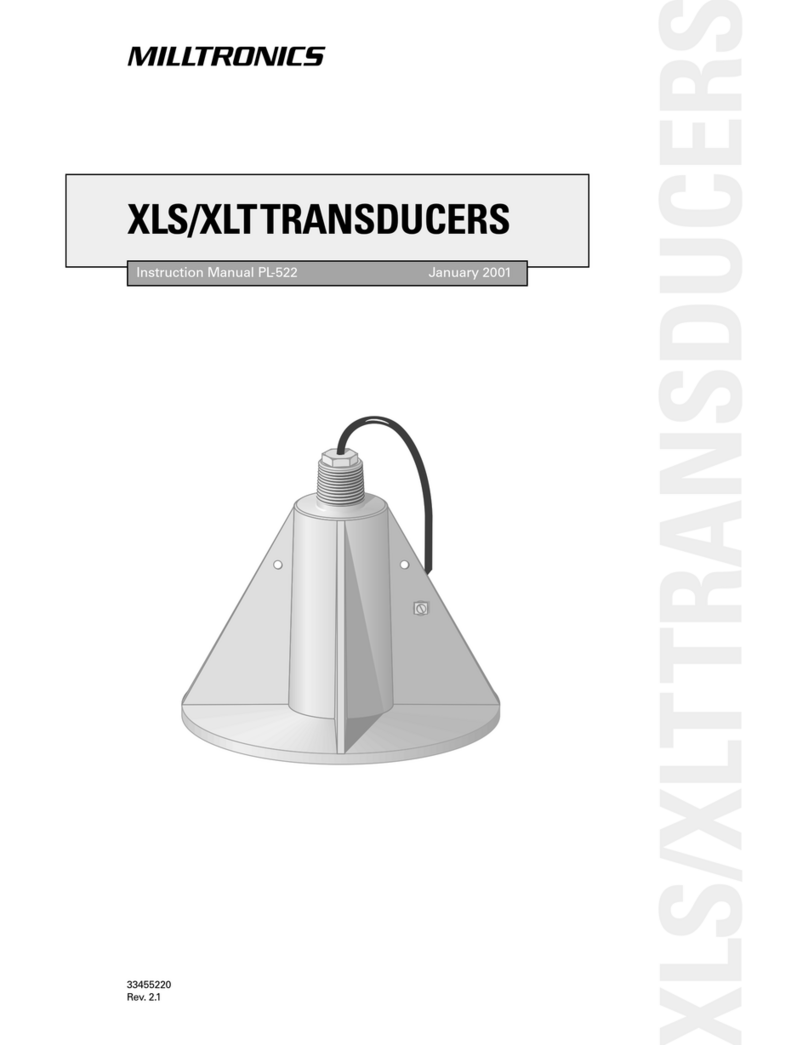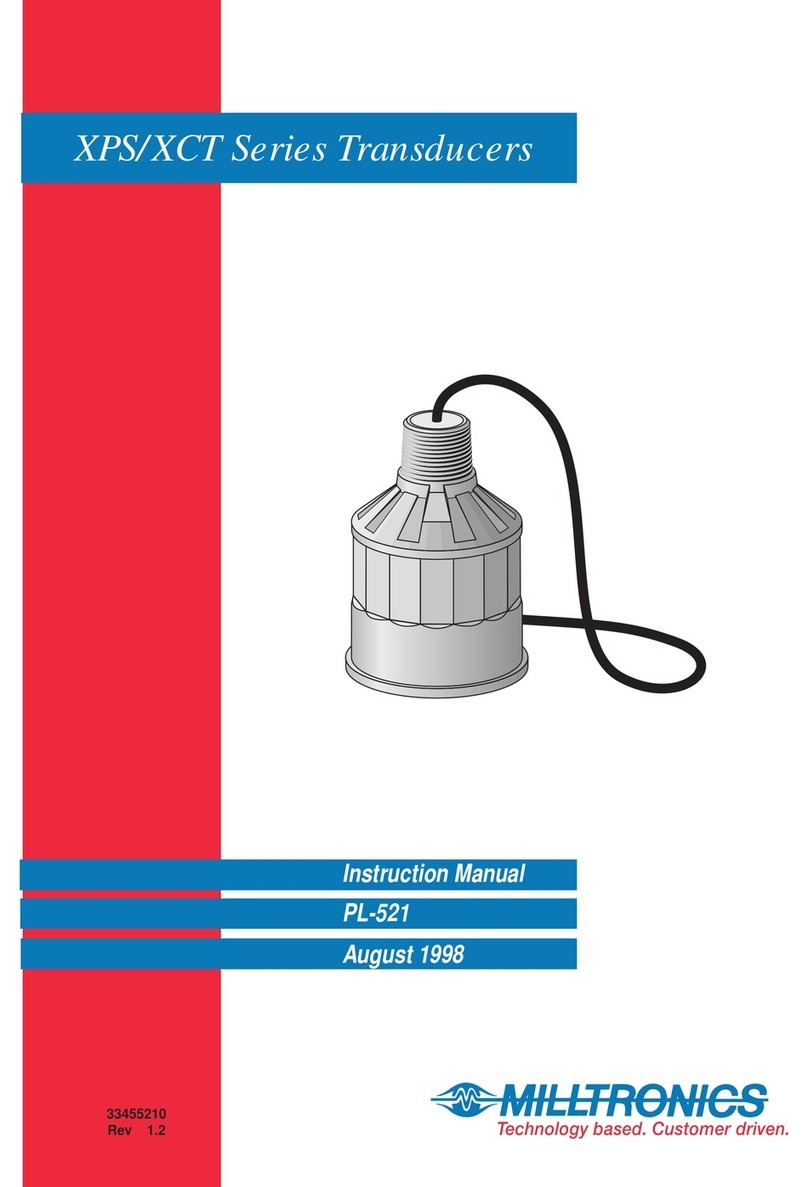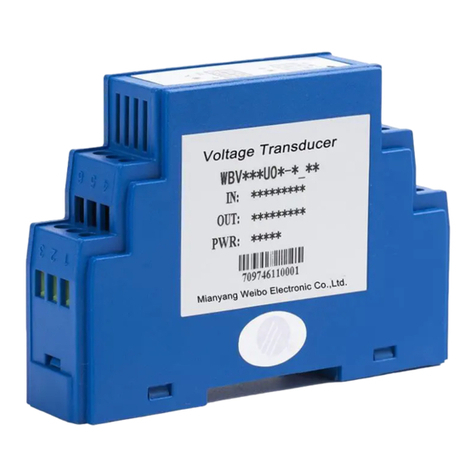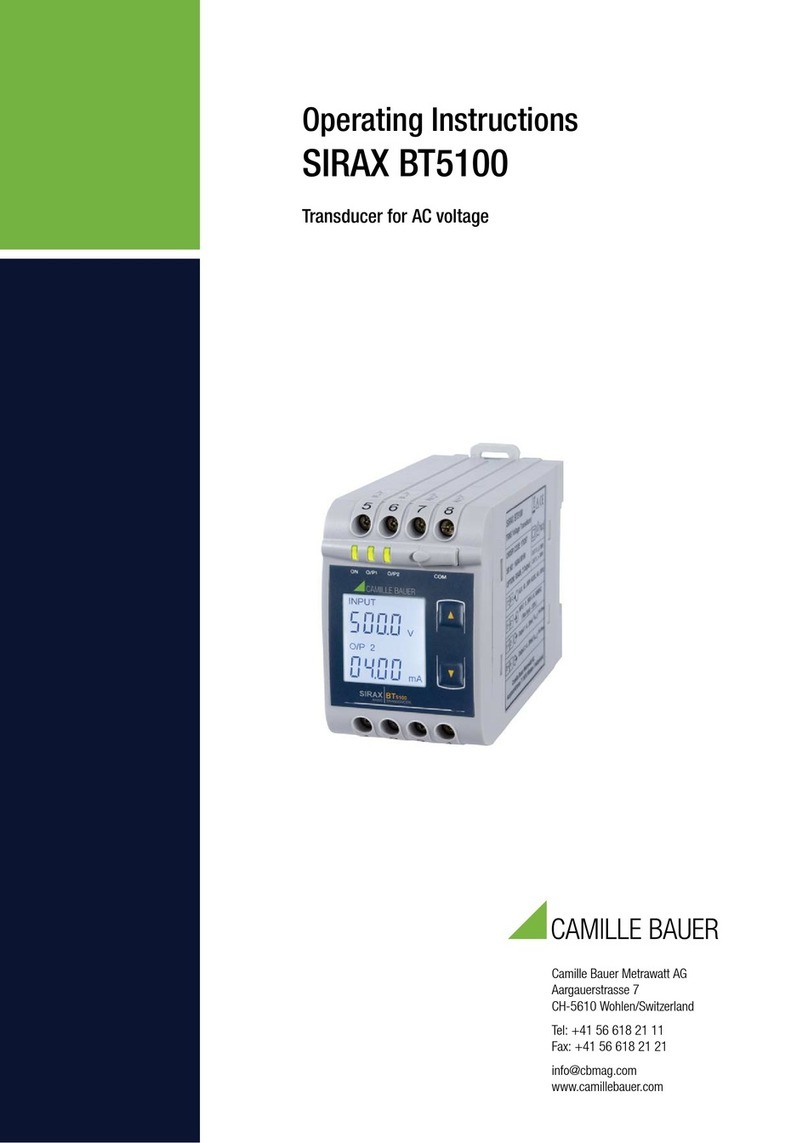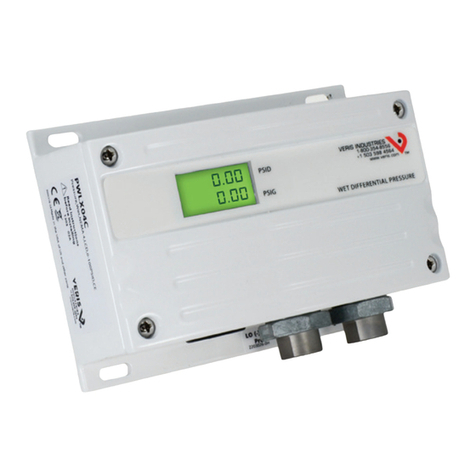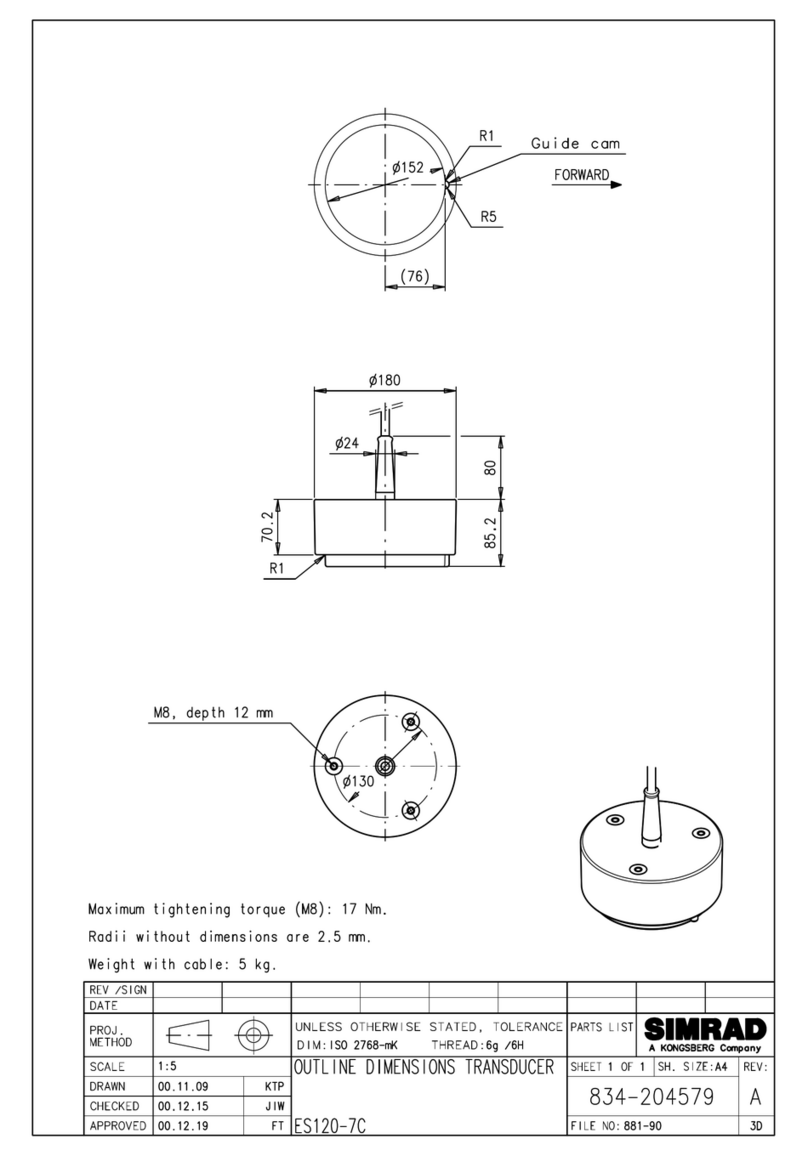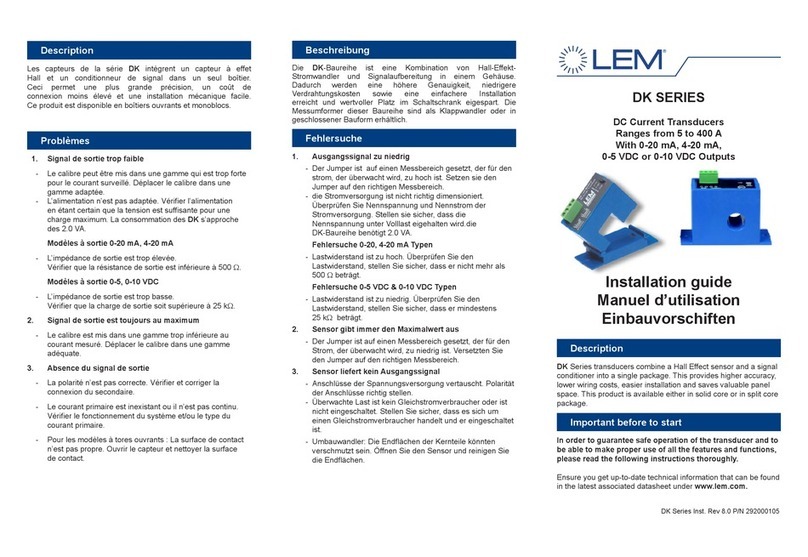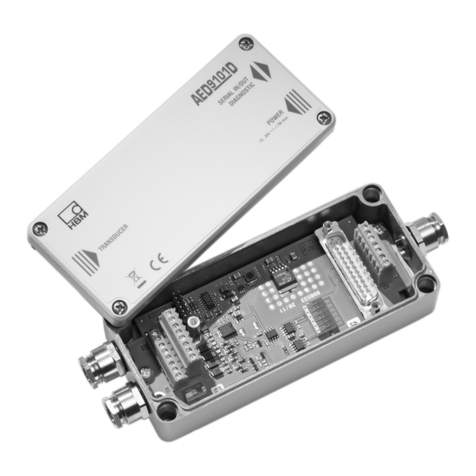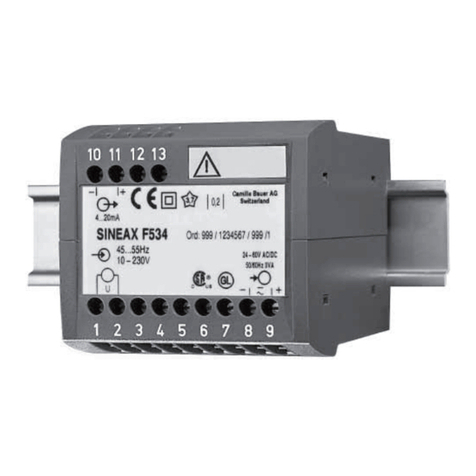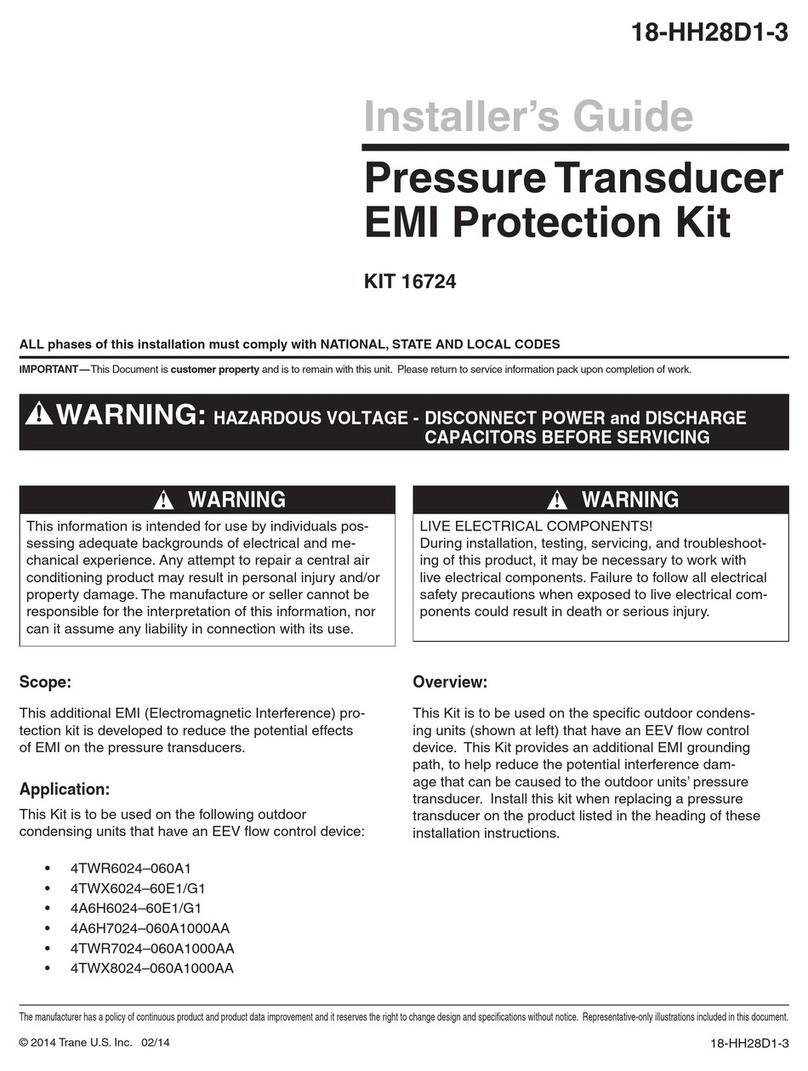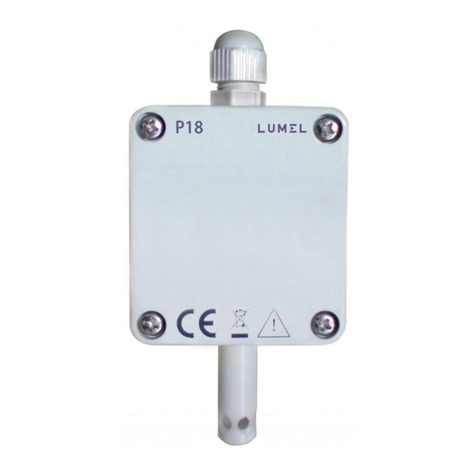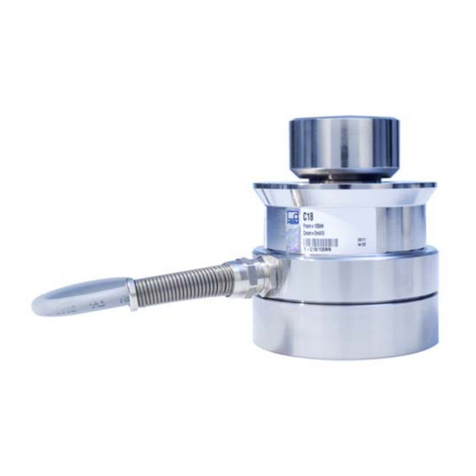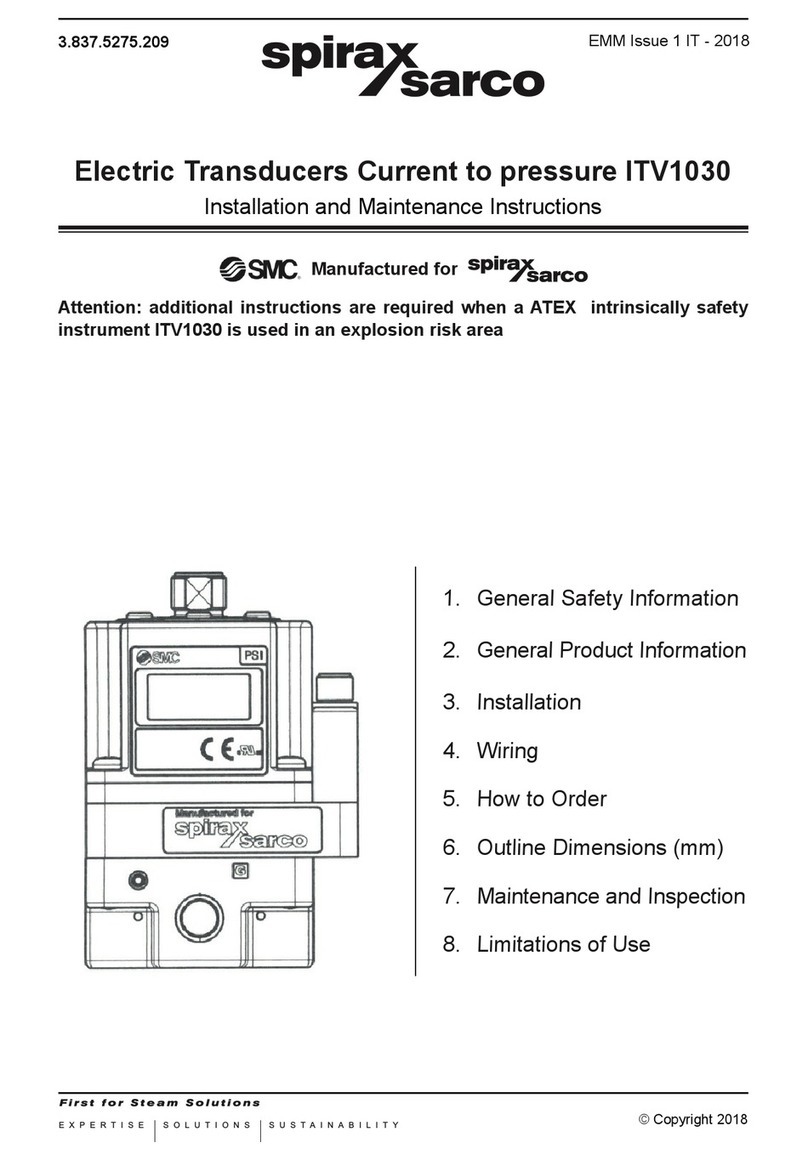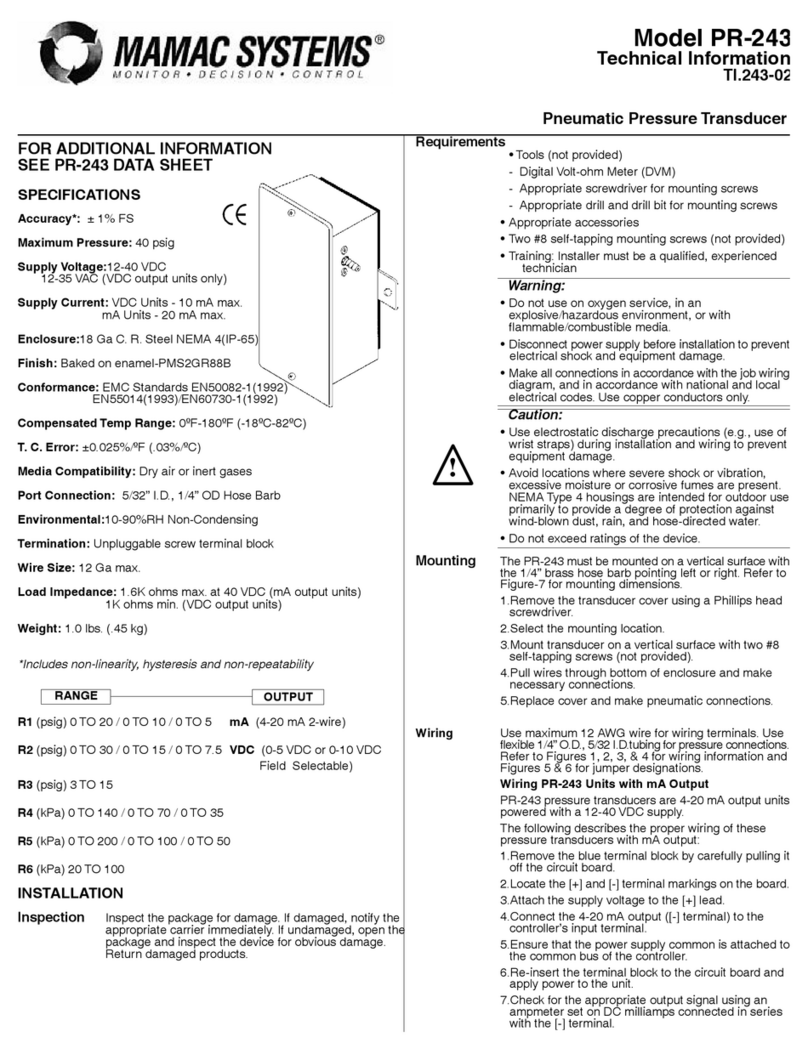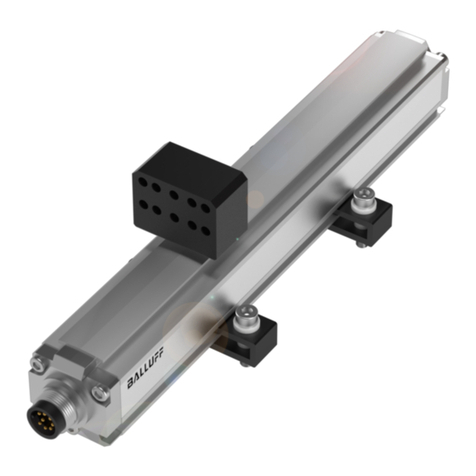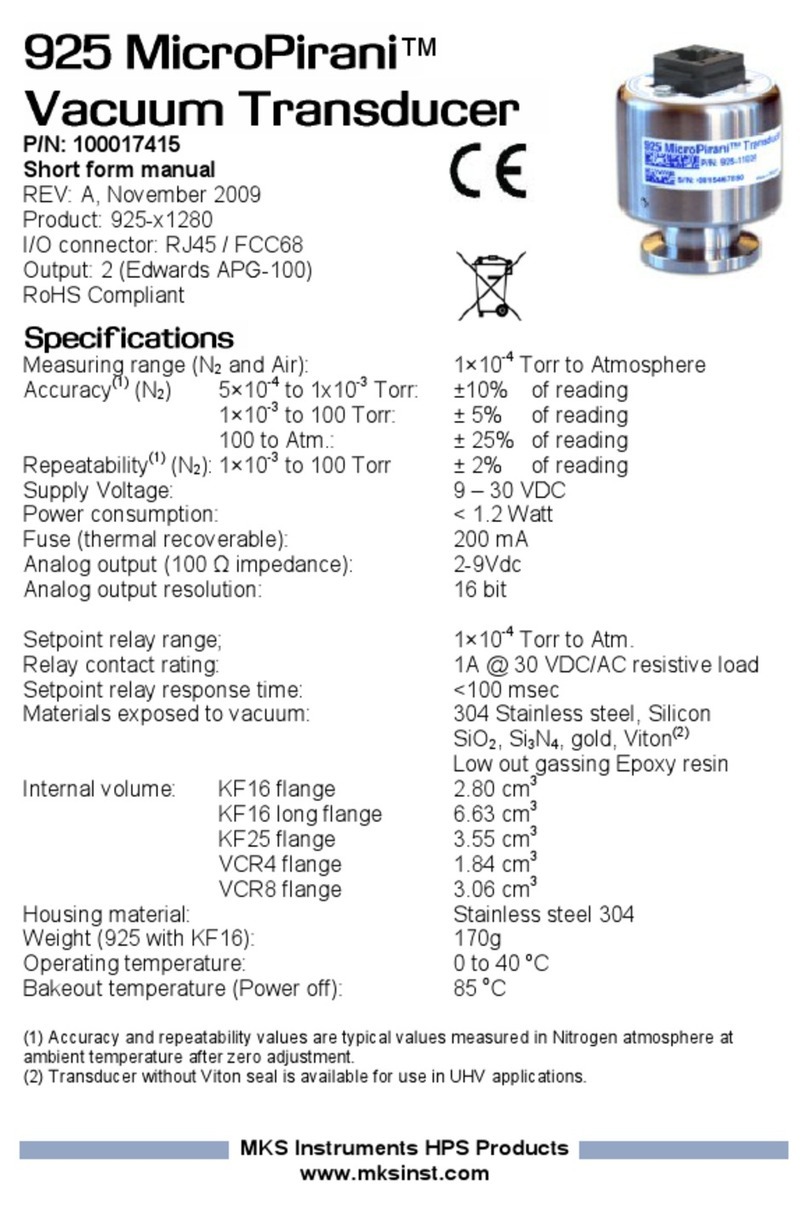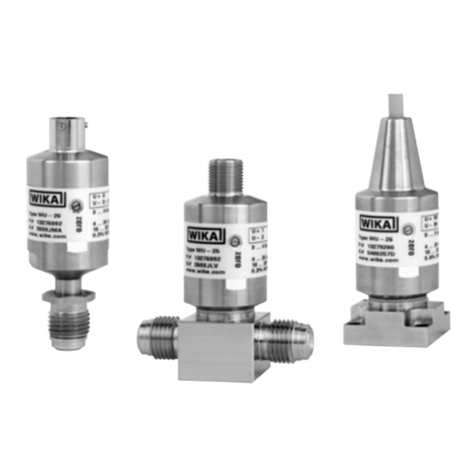
ABOUT THE TRANSDUCER
The ST-100 series of transducers operates in
association with Milltronics ultrasonic level
monitoring products.
The transducer converts the electrical energy of
the transmit pulse from the transceiver into
acoustical energy. It then converts the acoustical
energy of the echo back into electrical energy for
the transceiver receive period.
The effective acoustical energy is generated from
the transducer face and is radiated outward,
decreasing in amplitude at a rate inversely
proportional to the square of the distance.
Maximum power is radiated axially (perpendicular)
from the transducer face in a line referred to as the
axis of transmission. Where power is reduced by half
(– 3 dB), a conical boundary defining the sound beam,
centered about the axis of transmission is established.
The diametric measurement of the cone in degrees
defines the beam angle. Impedance matching
techniques are used to optimize the transfer of
power from the transducer into air and from the air
back into the transducer.
SPECIFICATIONS
Model : » ST-100
Measurement range : » typically 30 m (100 ft.) restricted to transceiver maximum▲
Temperature range : » – 40 to 93 °C (– 40 to 200 °F)✧
Frequency : » typically 44 KHz, transceiver dependent
Beam angle : » 7°
Weight* : » 15.9 Kg (35 lb)
Construction : » aluminum housing with polyurethane face
» 1/2" NPT female conduit connection
» options: » flanging: the transducer can be factory flanged,
consult Milltronics
» facing: » CPVC for corrosive applications.
» Teflonfor corrosive applications.
» polyethylene foam for dry-dust applications.
Separation : » typically 365 m (1200 ft) from associated transceiver▲
Approvals : » CSA, FM and BASEEFA / CENELEC
*approximate shipping weight of transducer with standard cable length and unflanged
▲refer to associated transceiver manual.
✧ maximum temperature for polyethylene foam facing is 77 °C (170 °F).
Teflonis a registered trade mark of Dupont.
–3 db
boundary
transducer
face
axis of
transmission,
perpendicular
to transmission
face
12 °
beam
angle
transducer
PL-419 1
